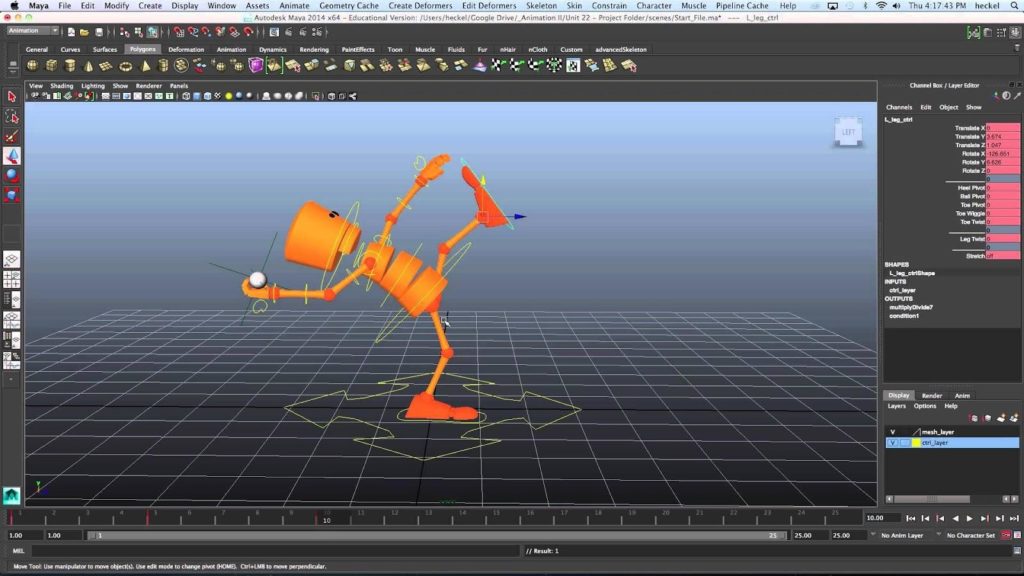3D animation is a versatile and unique tool in an animator’s belt. And, while it’s certainly made its presence known in many blockbuster films, there’s no need for special glasses to enjoy.
At its core, 3D animations places assets into a three-dimensional space. That allows them to rotate and move as if they really exist in space. It’s seen most often in video games and virtual reality, but it can also add a much-needed visual flair to videos and presentations. No matter how you spin it, 3D animation is a great way to captivate your audience and attract more viewers to your content.
What makes 3D animation unique
There are five different types of animation:
- Traditional animation consists of hand-drawn, 2D images.
- Stop motion animation requires physical manipulation of objects in small increments. It’s shot frame by frame and creates a complete action when all the images are strung together.
- 2D animation usually involves animating vector based assets. Unlike 3D animation, it stays on one plane.
- 3D animation, of course, takes dimensional assets and programs movement into them. They appear to exist spatially, not just on a flat screen.
- Motion graphics manipulates pieces of digital footage or animation using keyframes to create movement.
All these techniques can make cool effects and mesmerizing imagery. But, 3D animation offers the highest level of dynamic motion, allowing objects to move up, down, left, right, forward, and backward on the screen.
3D animation in film
3D animation has been around since the early 1970’s. However, the first computer-animated, feature-length film to use it didn’t come out until 1995. It’s called Toy Story — maybe you’ve heard of it!
In addition to plucking heartstrings across the nation, the movie helped pave the way for the growth of the animation giant Pixar. Since then, other studios have capitalized on producing entire films using 3D animation. How to Train Your Dragon, Hotel Transylvania, The Lego Movie, and Spider Man: Into the Spider-Verse are just a few examples. 3D animation adds a powerful sense of reality to each of these movies, helping audiences build strong connections to the environments and the characters that inhabit them.
The 3D animation process

There are three stages to the 3D animation process. They help ensure the vision you have in mind makes it to the screen.
- Modeling is the process of creating the 3D objects for the video. Whether physical objects or digital, finalizing the assets before production begins can save valuable time.
- Layout and animation includes the production process along with a little extra preparation. At this stage you would break down the positioning of objects for each scene and animate them.
- Rendering is the process of finalizing and outputting the completed animation. Once complete, the video is ready for viewing.
If all this seems complicated, that’s ok! ECG Productions guides you through each step of the animation process with a varied skill set and the right special equipment and tools needed. We’re experts in storyboarding, and the graphics team is with you from the start to help prep your shoot. Using software specifically for modeling and high-end 3D animation, the staff’s experience working in Maya and Element 3D provides you with a faster renders and quicker turnaround for projects without sacrificing quality.
Throughout each stage of the production process, using top-notch software and equipment, the talented team at ECG can assist you in the creation of charismatic and captivating 3D video animation guaranteed to attract any audience. To learn more about our animation services contact ECG Productions today!